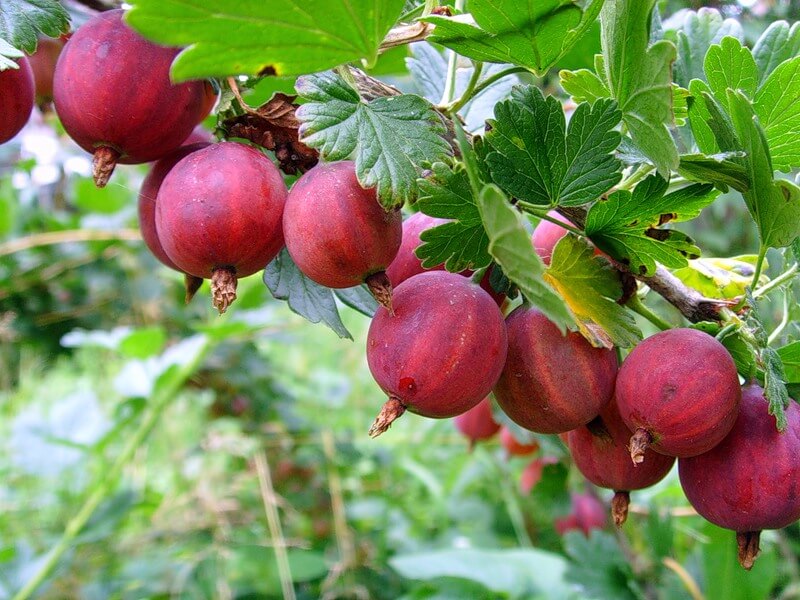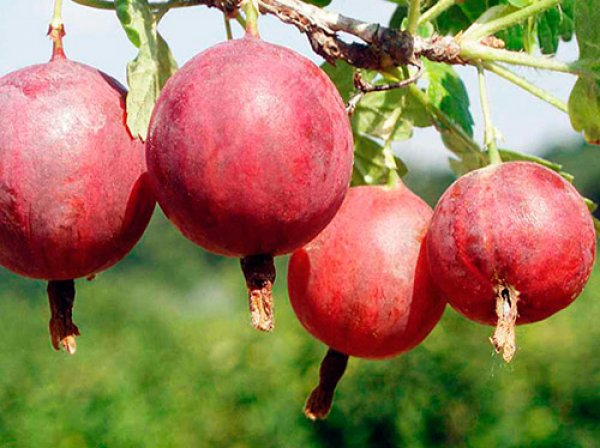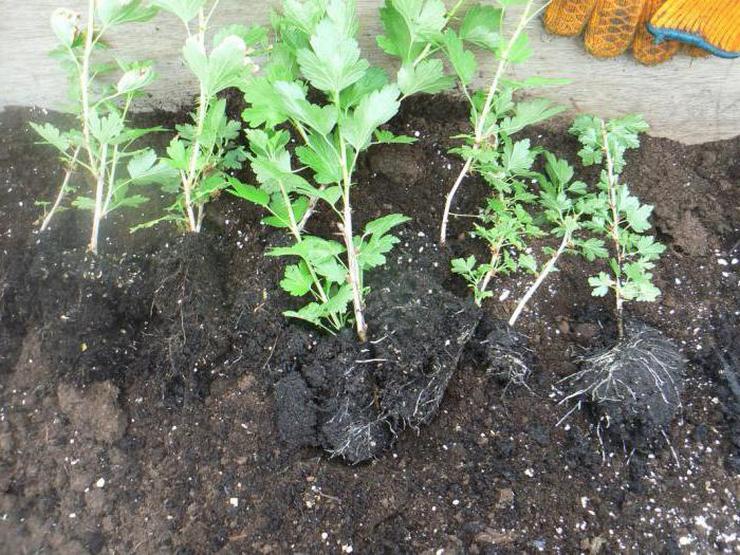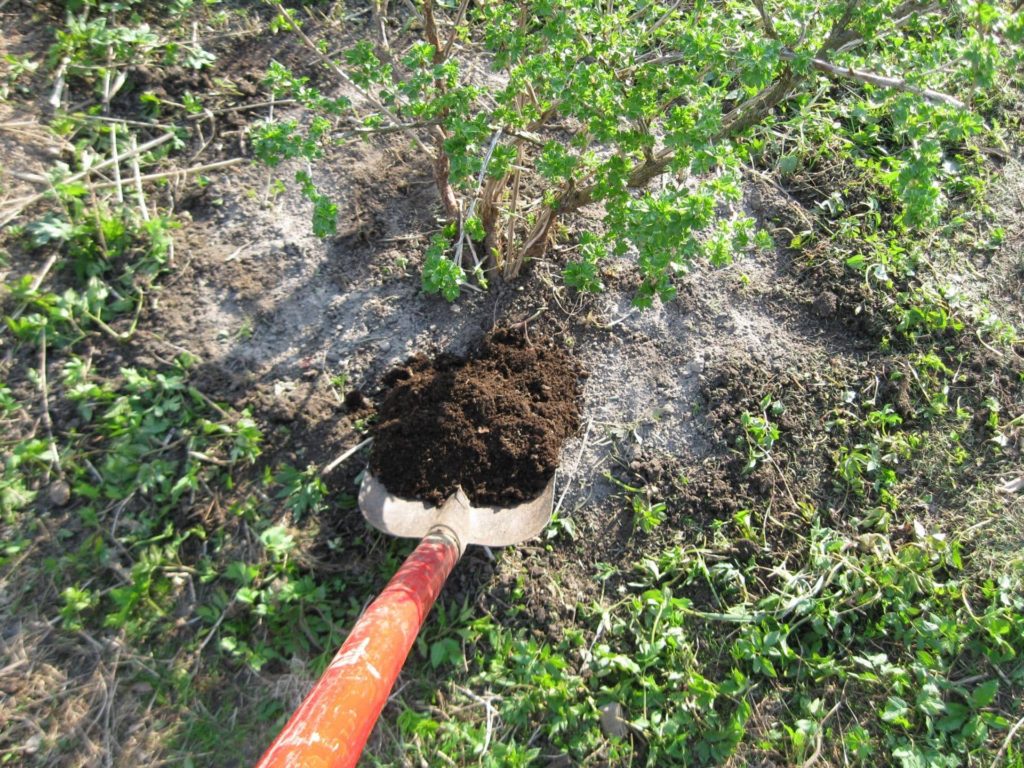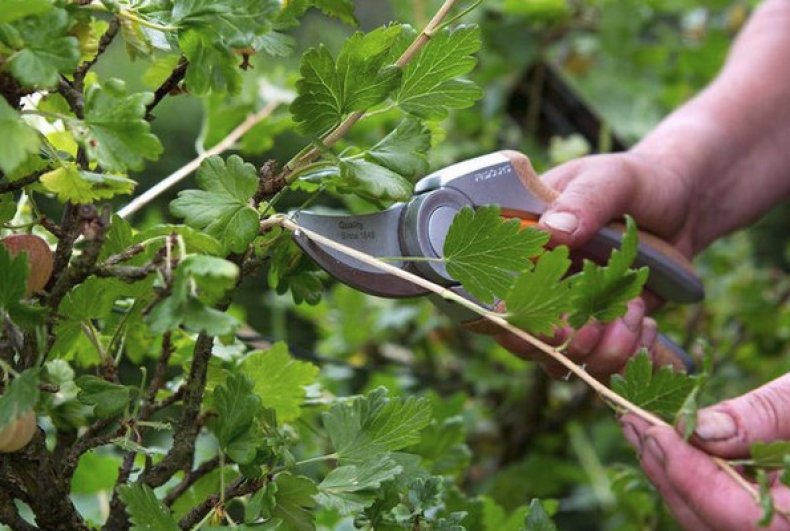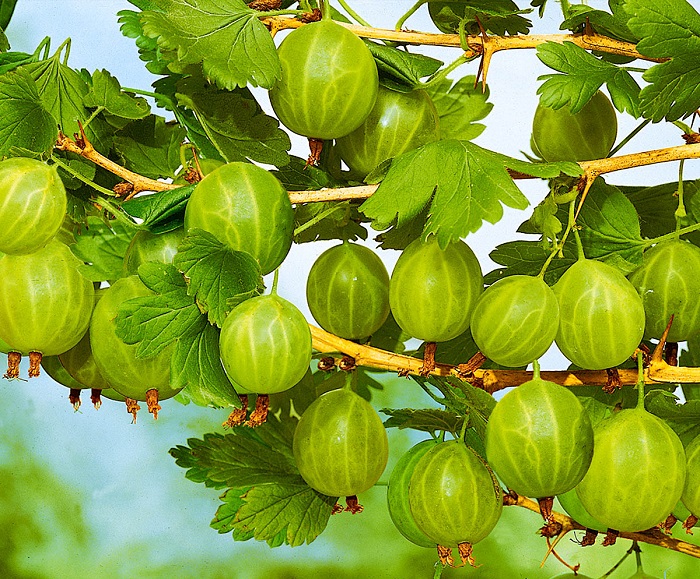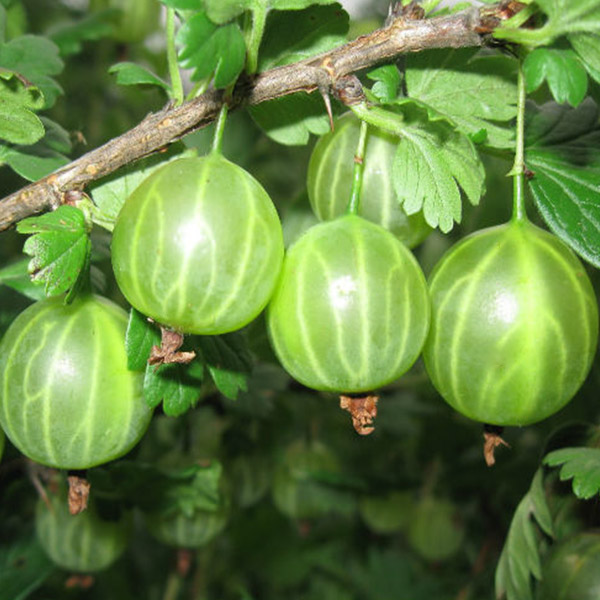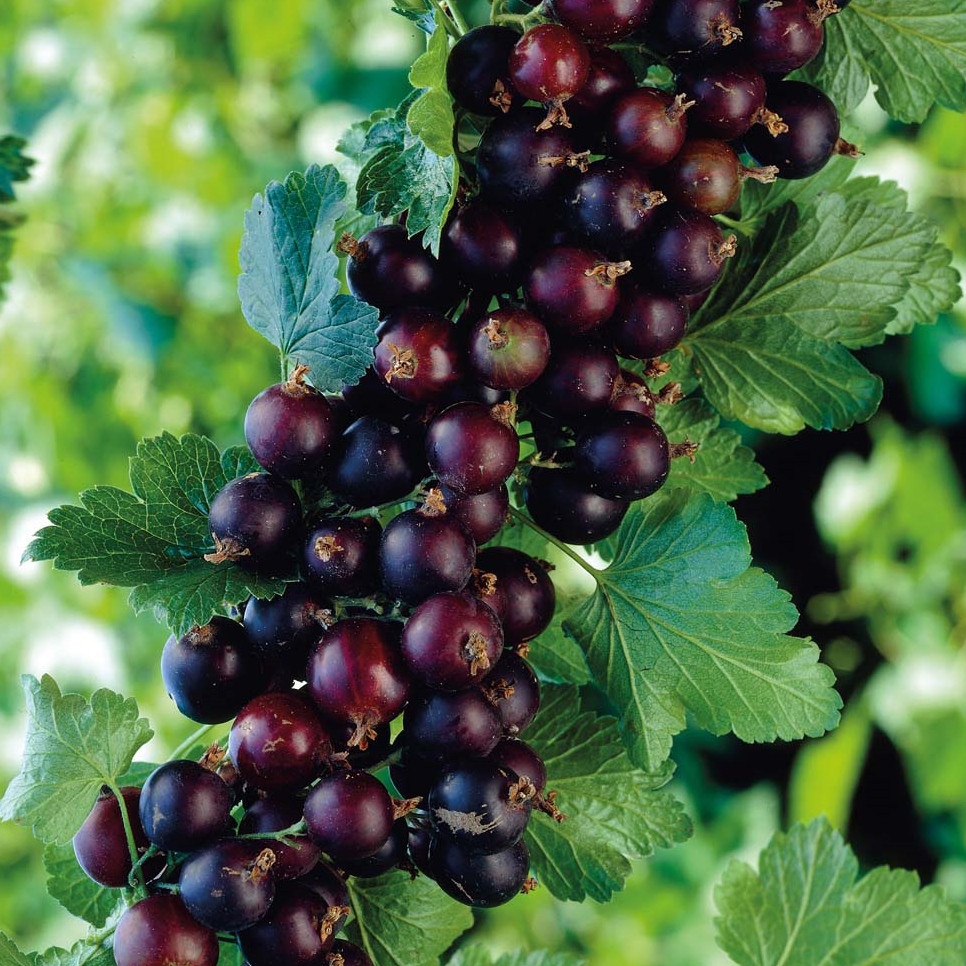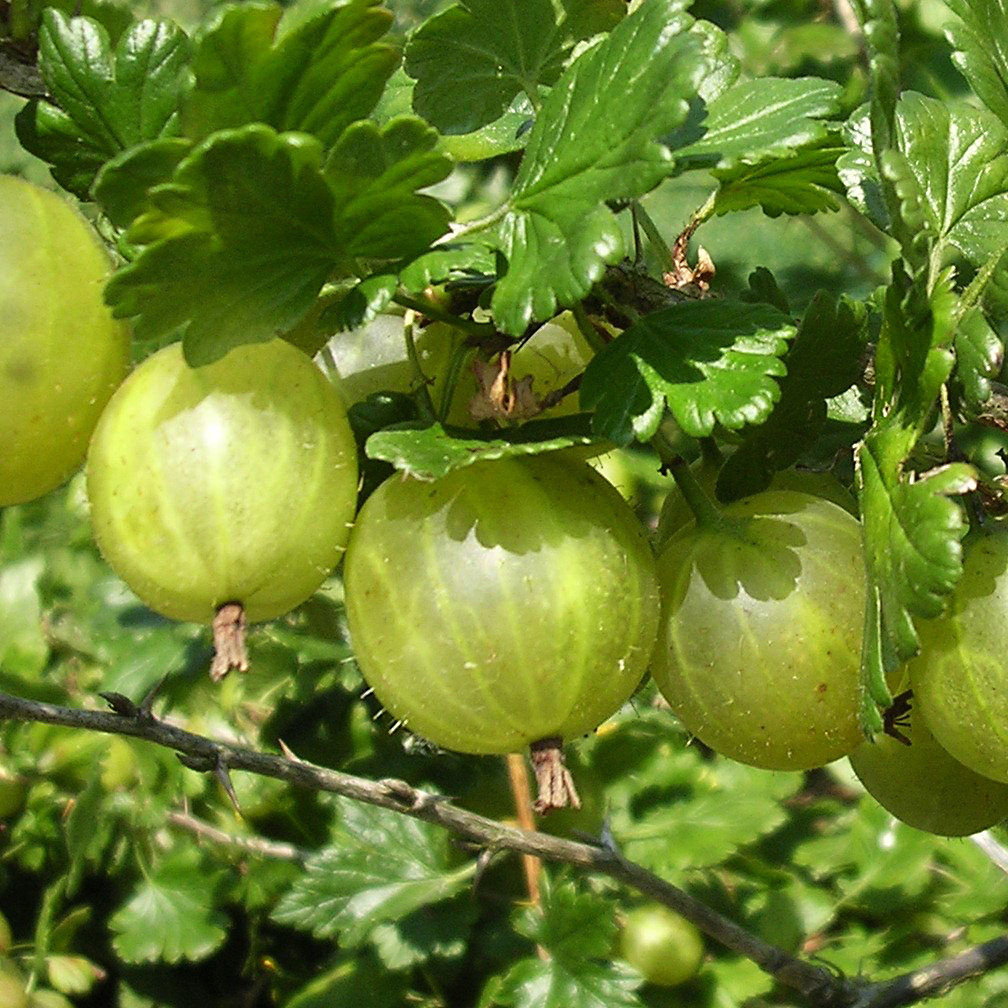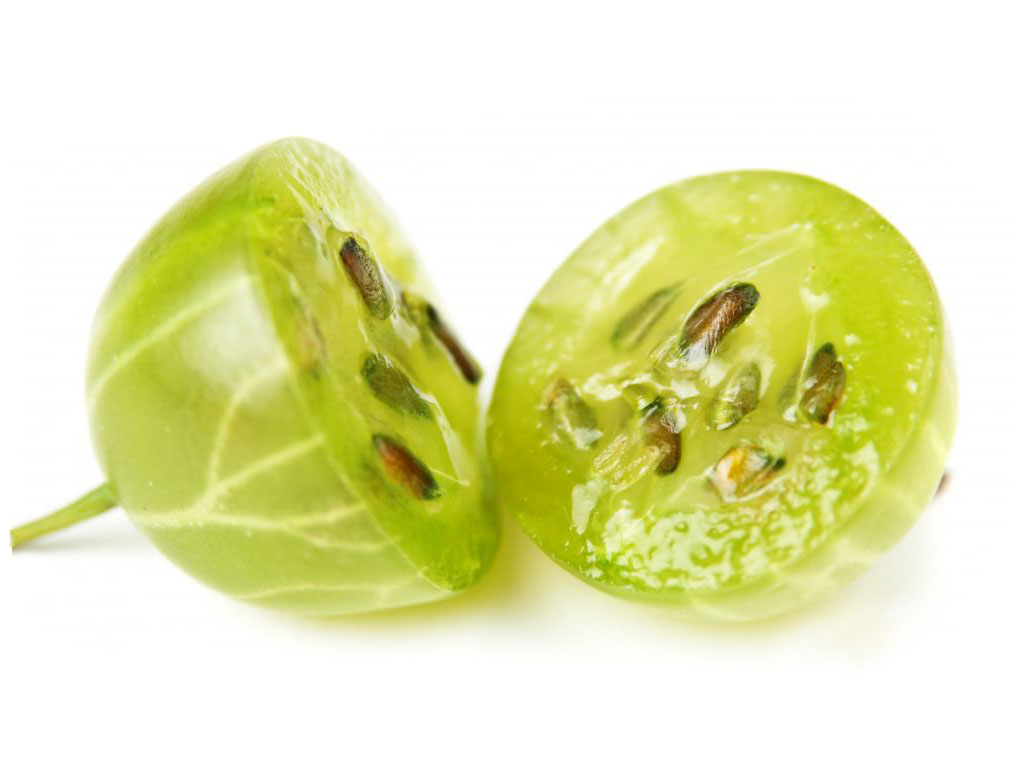Content:
Gooseberry Kolobok is the brainchild of Soviet breeders. The early berry has not only excellent taste, but also a lot of useful properties. Gooseberry is gaining popularity again among amateurs and professionals of agricultural art.
History of creation
The gooseberry variety Kolobok became widely known in the 90s of the last century. Soviet breeders obtained a quality product by crossing other varieties of gooseberries. The gingerbread man appeared as a result of the selection of such gooseberry varieties as Smena and Rosy-2.
The result exceeded all the expectations of the engineers, since the Kolobok cultivar has absorbed the best qualities of both of its relatives.
Description of the variety
There are many reasons why it is worth growing the Kolobok gooseberry; the description of the variety reveals many advantages of this crop.
A special specifications deserve the bush itself and the berries of the plant:
- The bush is distinguished by strong and flexible stems, tending to the lower part of the bush, where long shoots originate without the presence of the original cannon. The deciduous crown is very dense, with close-set paws. If you do not cut off excess shoots, the bush can "strangle" itself.
Other features of this gooseberry variety are also characteristic:
- the thorns are small, located on the stems, mainly on the nodular formations;
- gooseberry leaves have a characteristic regular shape, rich green color with evenly distributed veins;
- brown buds are quite large, and the shoots emerging from the buds are directed opposite to the stems;
- the deciduous stem is very strong, but does not differ in length or flexibility.
- Kolobok berries have a different size, density and structure, while retaining the appearance characteristic of this variety:
- The weight of the berries can vary from 6 to 9 grams. This difference is due to the fact that this gooseberry variety combines 2 different varieties, as well as different climatic and agricultural growing conditions;
- The color of the berries is also different and can have a color palette from pink to dark burgundy;
- The berries of the gooseberry Kolobok have the shape of a regular oval; in rare cases, a more elongated base can be observed;
- Inside each berry is a small seed sac, which contains a moderate amount of seeds;
- The flesh of the gooseberry is juicy. When biting through, a dense skin tears, which is accompanied by a characteristic crunch. The berry tastes sweet and sugary, with a slightly sour aftertaste.
When harvesting, the stalk is easily separated from the stem, but this does not have a negative effect on shedding the fruits during mass ripening. The surface of each berry is covered with a characteristic protective coating.
Gingerbread gooseberry berries include sugar, ascorbic acid and anthocyanins (pigment substances).
Advantages and disadvantages of the variety
Gooseberry Gingerbread man has many advantages over others gooseberry varieties:
- excellent adaptive ability to various weather and climatic conditions;
- high productivity;
- early maturation;
- taste qualities;
- small size of thorns;
- ease of planting and maintenance.
Interesting. Gooseberry Gingerbread man is afraid of drought and sudden temperature changes, which should be closely monitored.
Gooseberry Gingerbread man has one drawback - excessive thickening.Shoots must be cut off in time, otherwise they can "strangle" their base. If a large number of shoots rush to the deciduous crown, this can adversely affect the quality and quantity of the crop.
Planting a gooseberry Kolobok
When choosing a site for planting seedlings, it must be borne in mind that the gooseberry does not like low-lying areas near swamp or groundwater and drafts. But Kolobok, on the contrary, loves sunlight very much, and the more light the bushes receive, the more harvest they will bring.
If groundwater is below the surface of the soil, and there is no other place for planting berries, it is necessary to raise future ridges and install a drainage layer.
The best time to plant a Kolobok is the first decade of autumn. The plant will have time to get used to the surrounding conditions and release new shoots.
It is worth remembering that gooseberries are a very whimsical culture. Crop rotation should be observed and gooseberry shrubs should not be placed in the area where currants and raspberries grew before. Such a neighborhood can lead to the appearance of diseases and poor survival of the shrub.
Planting the gooseberry Kolobok is carried out as follows:
- It is necessary to make a hole for the location of the seedling, with a diameter and depth of at least half a meter. It is necessary to provide enough space for comfortable development of the root system;
- Next, you need to place fertilizers in the holes, such as:
- rotted manure;
- potassium sulfide;
- compost;
- mineral fertilizer complexes.
Fertilizers placed in the soil will feed the gooseberry bush for several years.
- It is necessary to plant the neck of the root system of the shrub in the prepared hole not lower than 7 cm;
- After planting, the seedlings must be covered with a large amount of earth, tamped tightly and be sure to mulch;
- Mulching is necessary to prevent the growth of weeds, and will help moisture to nourish the root system longer. For mulch gooseberry Kolobok, sawdust, needles and straw are suitable. The needles will help protect shrubs from parasites and rodents.
New young stems, planted for the first time, are best cut off immediately and left 6-8 cm above the soil surface.
Care features
Although mulching involves reducing weeds, excess vegetation will somehow appear in an area planted with gooseberry bushes. Regular weeding is the key to complete care.
Weeding a site performs several important functions at once: removing parasitic plants and loosening the soil. It is best to weed after rain or watering, so the soil will be pliable, and the likelihood of damage to the root system of the Kolobok gooseberry will decrease. The above measures are mandatory in the first years of the shrub's life.
Note! Despite the fact that gooseberry shrubs are very fond of moisture, it should not be allowed to stagnate at the rhizome.
Waterlogging of the soil can provoke the development of diseases such as:
- fungus;
- powdery mildew;
- root rot;
- infections.
Watering gooseberry bushes Kolobok is necessary as needed. The best measure is to set up cable irrigation, however, if only a few bushes are expressed on the site, the event loses its meaning.
Top dressing
If during planting any fertilizers were placed under the bush, then the gooseberry bush will not need additional feeding in the next 2-3 years.
In the fourth year of growing Kolobok, you need to think about additional nutrition for the shrub. If the gooseberry is not fed enough, the level and quality of the crop will decrease.
The best option is annual feeding, but the fertilizer complex should be selected as balanced as possible.
Such a complex must necessarily include:
- compost - 5 kg;
- ammonium sulfate - 25 g;
- superphosphate - 50 g;
- potassium sulfide - 25 g.
Fertilizers are placed under each gooseberry bush and compacted well. The feeding height should be 6-8 cm.
Pruning rules
Timely and correct pruning of gooseberries is a mandatory step in caring for a shrub.
For gooseberries, radial pruning of shoots and the formation of the shape of a deciduous crown are characteristic, due to the active growth of bushes.
- The first pruning should be done when planting the gooseberry Kolobok;
- Subsequent pruning should occur in the first decade of spring and in the middle of autumn, when the bush gives off its last fruits.
When pruning, special attention should be paid to damaged and dead stems, as well as stems that differ in color and structure.
The Kolobok variety is especially active in terms of the release of new shoots. If you do not prune in time, young branches rush up to the crown, which can negatively affect the flowering process, as well as reduce the weight and size of future berries. If additional shoots appear at the base of the stem, they must be removed first, otherwise some of the food will go to waste, to unnecessary shoots.
The gooseberry Kolobok contains many useful trace elements, sugars and vitamins, which is why the berries of this variety are so useful in preventing viral diseases. Gooseberry supports the body's immune system and helps with inflammation of various types.
